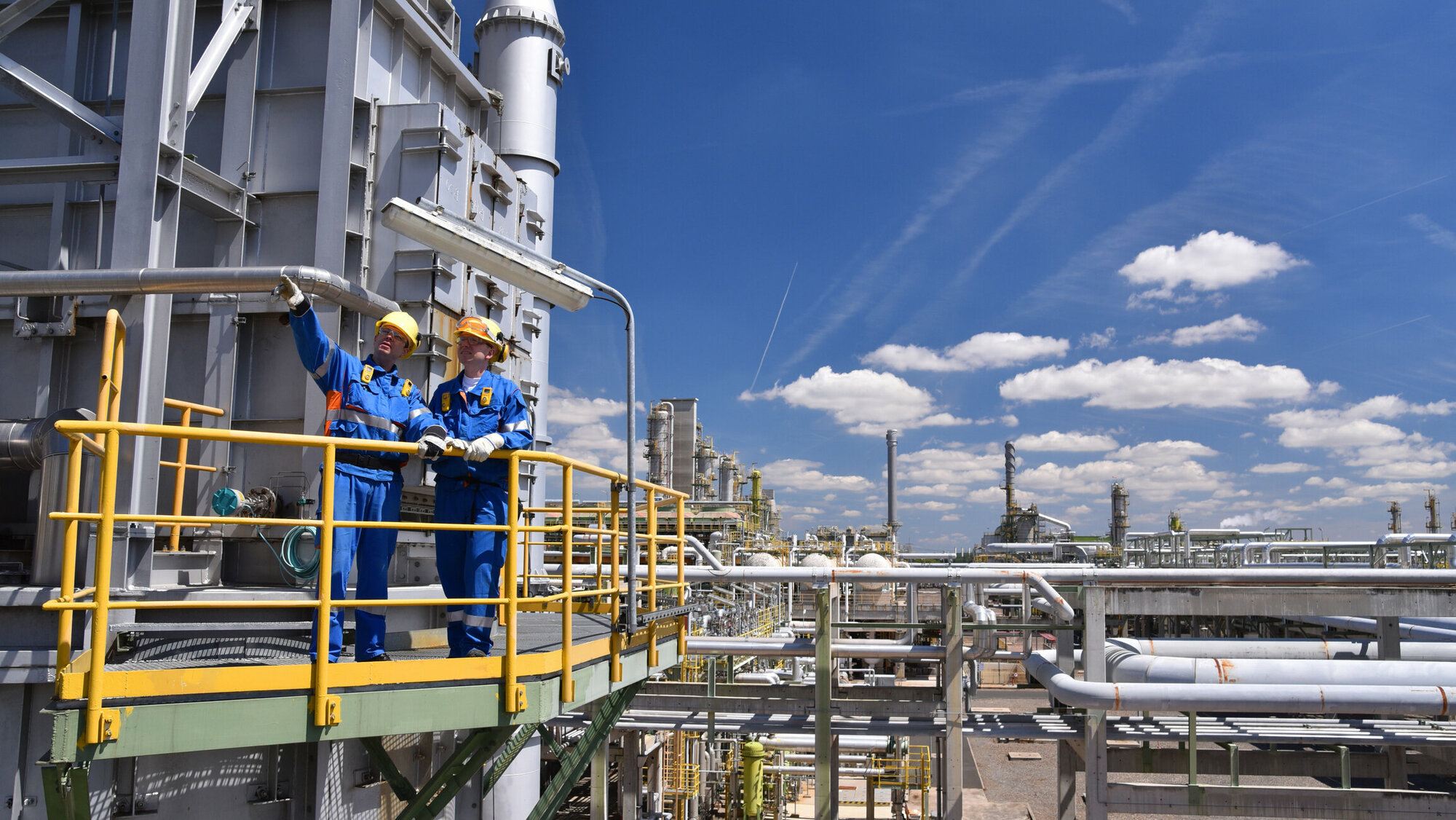Innovative Membrane Technology: Reducing CO2 Emissions in the Chemical Industry
Key Ideas
- Traditional distillation in chemical plants contributes significantly to CO2 emissions; innovative membrane technology can reduce emissions and energy consumption.
- Serena Agnolin's research focuses on palladium membranes for hydrogen separation, avoiding energy-intensive distillation processes.
- Agnolin overcame challenges by filling metal tubes with ceramics to create stable membranes with high hydrogen selectivity, benefiting methane steam reforming reactions.
- Her membranes also showed success in producing pure hydrogen for fuel cells, showcasing their versatility and efficiency in different chemical processes.
The chemical industry is under scrutiny for its significant contribution to CO2 emissions through traditional distillation processes. Serena Agnolin, in her PhD research, explored membrane reactor technology as an alternative to distillation for hydrogen production. By utilizing palladium membranes on metal tubes, Agnolin aimed to enhance hydrogen selectivity and efficiency. Overcoming challenges of deposition, Agnolin successfully developed stable membranes by filling metal tube pores with ceramics, improving hydrogen separation in chemical reactions. Her membranes demonstrated effectiveness in methane steam reforming and ammonia cracking, showcasing potential for diverse applications. Agnolin's innovative approach to membrane technology offers a promising solution to reduce CO2 emissions and energy consumption in the chemical industry.
Topics
Fuel Cells
Research
CO2 Emissions
Membrane Technology
Chemical Industry
Energy Consumption
Distillation
Palladium Membranes
Reactor Technology
Latest News
